We pass by them every day—arched doorways, decorative cornices, oddly placed windows—rarely stopping to wonder why they’re there or what they once meant. But behind many of these familiar architectural details lies a surprising story rooted in history, culture, or clever function. What might seem purely decorative today often began with a very specific purpose or symbolic meaning. In this article, we’re uncovering 13 of the most common architectural features and the unexpected stories that shaped them. Once you know, you’ll never look at buildings the same way again.
1. Columns
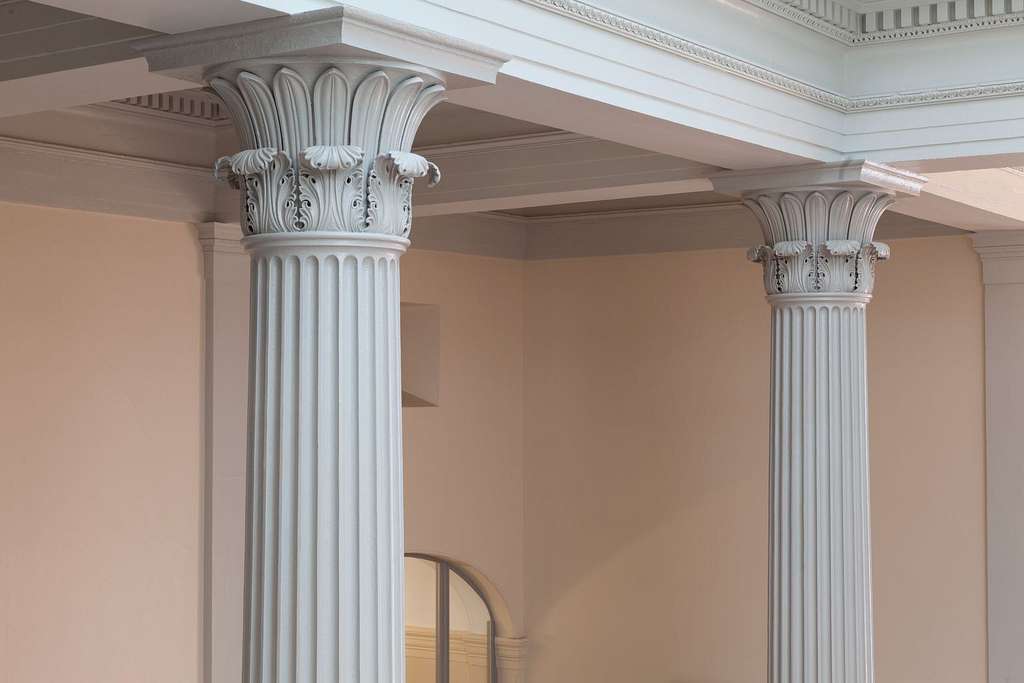
Classical columns do more than hold up porches—they’re rooted in ancient Greek ideals of order, beauty, and logic. According to the Getty Museum, different column styles (Doric, Ionic, Corinthian) were developed to convey specific traits like strength or elegance. Today, they often serve a decorative purpose while still nodding to their historic origins. You’ll see them on everything from government buildings to suburban front stoops.
Homeowners love columns for their sense of tradition and grandeur. Even faux or non-structural versions can add an upscale look to interiors. They also help visually separate open-concept spaces without fully closing them off. It’s architecture with a side of symbolism.
2. Dentil Molding

That little row of repeating rectangular blocks under your roofline or crown molding? That’s called dentil molding, and it dates back to ancient Greece and Rome. According to Architectural Digest, it was originally inspired by wooden beams in early structures—meant to suggest precision, rhythm, and craftsmanship. Over the years, it’s become a hallmark of classical revival architecture.
Modern designers use dentils to bring detail and depth to ceilings, cabinetry, and even fireplace mantels. It’s a subtle way to signal elegance and structure. You may not notice it right away, but your brain picks up on its order. That’s part of why rooms with dentil molding often feel quietly refined.
3. Arches
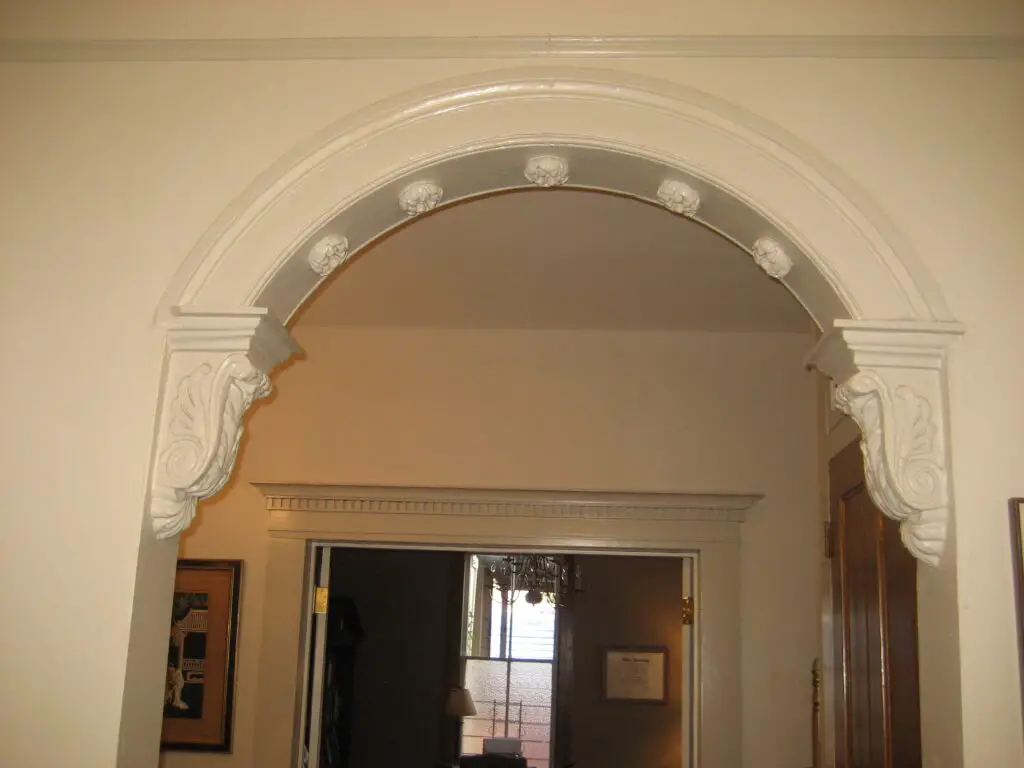
Arches aren’t just elegant—they’re structural powerhouses with roots in Roman engineering. According to the Architectural Review, their curved shape distributes weight evenly, allowing buildings to stand taller and last longer. Over time, they’ve also come to symbolize strength, passage, and protection. You’ll often see them in entryways to create a grand, almost ceremonial feel.
In modern homes, arches add a touch of softness to angular architecture. They can make hallways feel more inviting or turn a doorway into a focal point. Many designers now use them for both style and nostalgia. Even a subtle arched mirror can tap into that timeless vibe.
4. Transom Windows
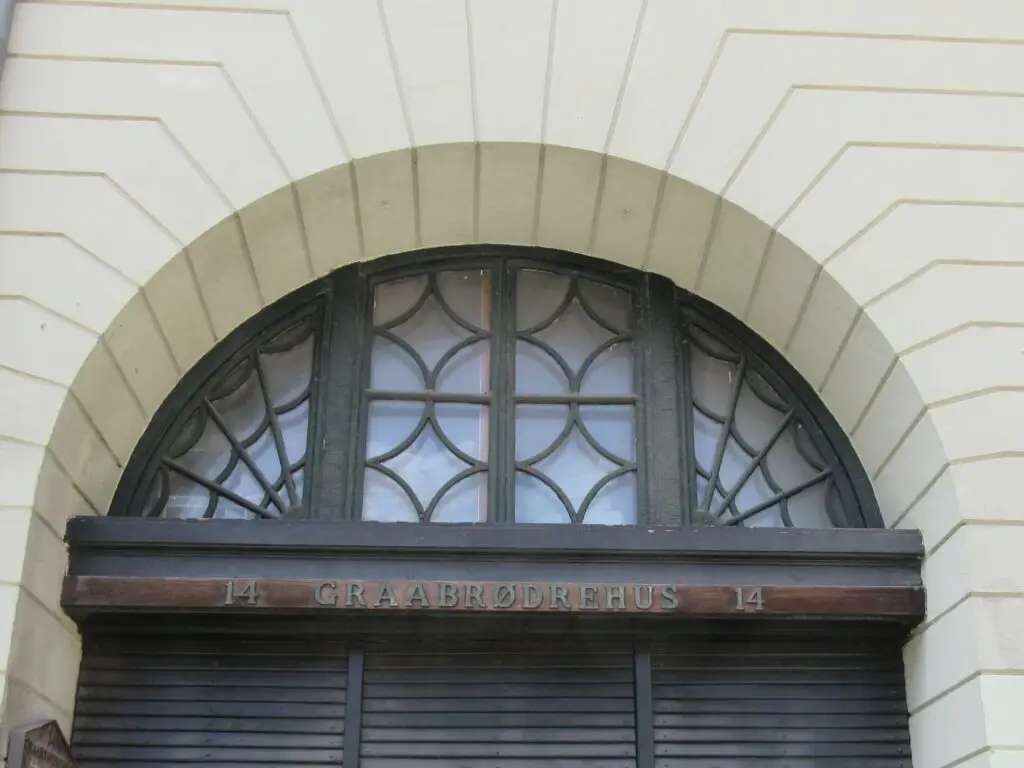
Transom windows—those small panes above doors—started out as a way to improve ventilation before air conditioning existed. According to This Old House, they allowed air to circulate while keeping doors closed for privacy. Over time, they’ve also become a symbol of elevated design and traditional charm. You’ll often find them in historic homes and upscale renovations.
Today, they still serve a practical role by bringing in natural light to dim hallways or entryways. But they also add visual height and character to a space. Some homeowners install decorative transoms purely for the aesthetic. It’s one of those little details that can totally change a room’s feel.
5. Shutters
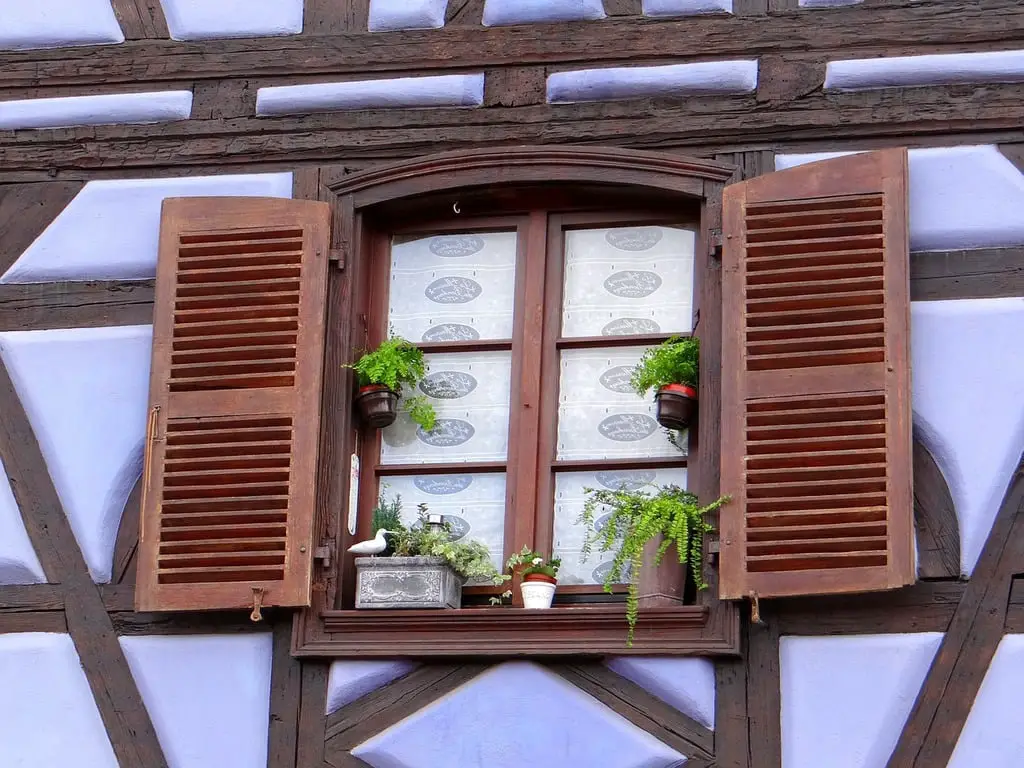
Shutters originally protected homes from wind, rain, and bright sun—especially before the widespread use of glass windows. Over time, they became more decorative, especially in suburban and colonial-inspired architecture. Still, their presence signals protection, privacy, and homeliness. That’s why homes with working or faux shutters often feel more traditional or “put together.”
These days, designers often paint shutters in contrasting tones to highlight windows and boost curb appeal. They add symmetry and charm, even when they’re just for looks. There’s something comforting about their presence, even if you never close them. They quietly communicate order and classic beauty.
6. Corbels
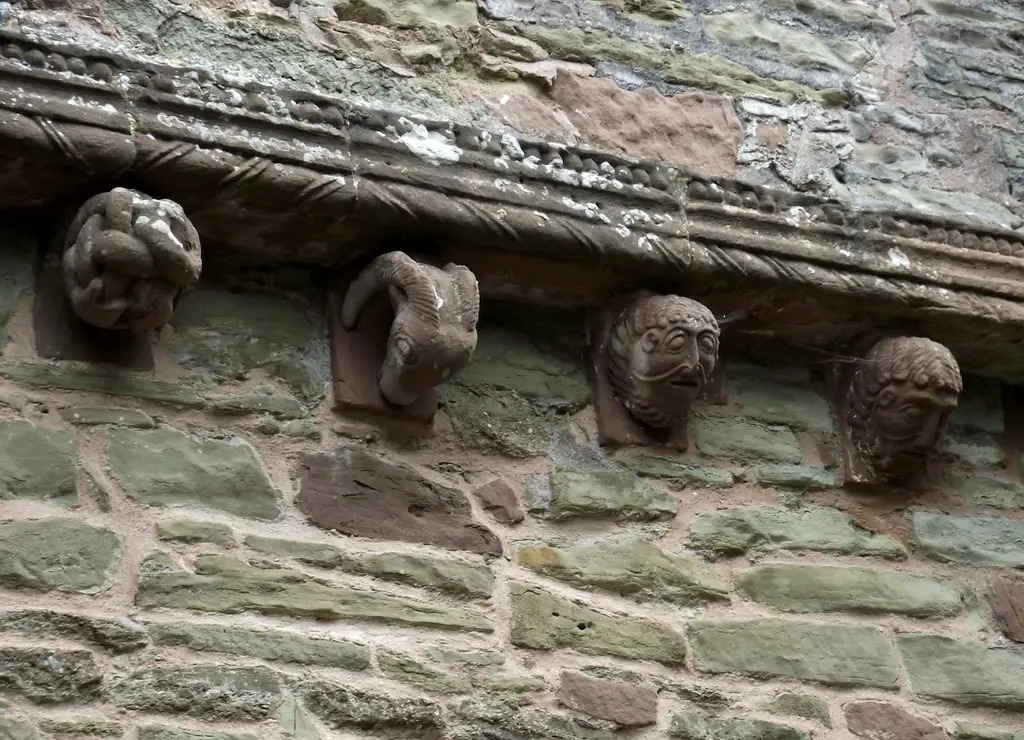
Corbels are those bracket-like pieces that jut out under shelves, countertops, or rooflines. Historically, they were used to distribute weight and reinforce overhangs—especially in Gothic and Victorian design. But they’ve also been used symbolically to show off craftsmanship and attention to detail. You’ll often spot them on older homes and ornate fireplace mantels.
Today’s corbels are often more decorative than structural, but they still evoke a sense of sturdiness. In kitchens, they can make a plain island look custom-built. Used sparingly, they add depth and character to flat surfaces. It’s a small flourish that makes a space feel more intentional.
7. Pediments
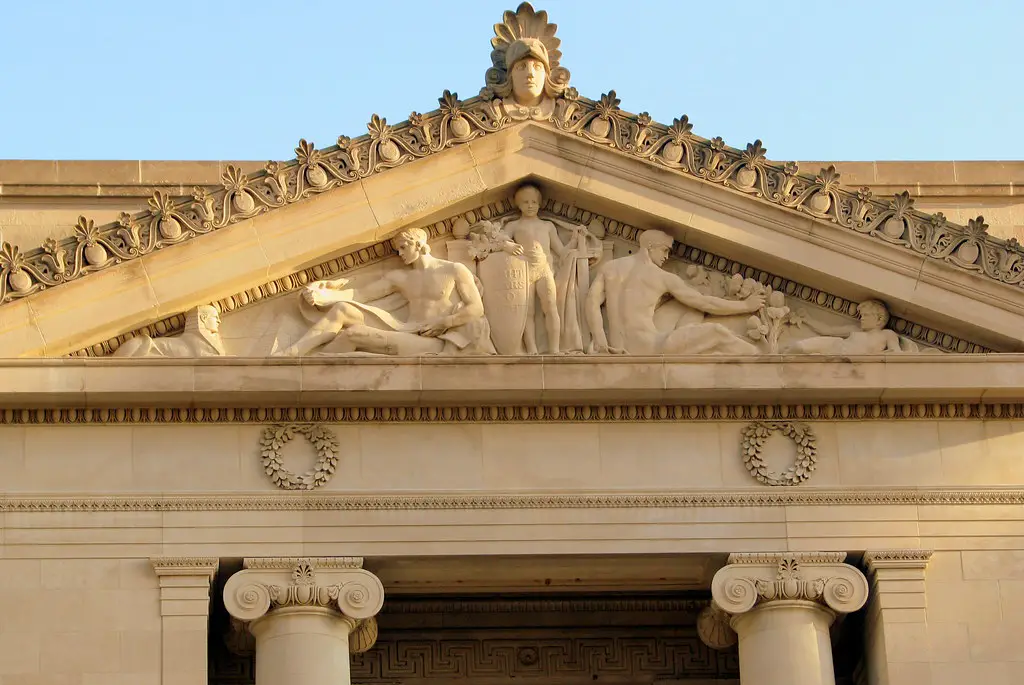
A pediment is the triangular space you see above some doors, windows, or even fireplaces. Originally found in Greek temples, they were used to crown important entrances and add visual drama. In residential design, they signal formality and create a sense of architectural hierarchy. You’re more likely to find them on traditional or colonial-style homes.
Pediments are especially common in stately buildings like courthouses or universities. But homeowners sometimes add them above front doors to make an entryway feel grander. They draw the eye upward and create a subtle sense of importance. It’s like a mini crown for your home.
8. Ceiling Medallions
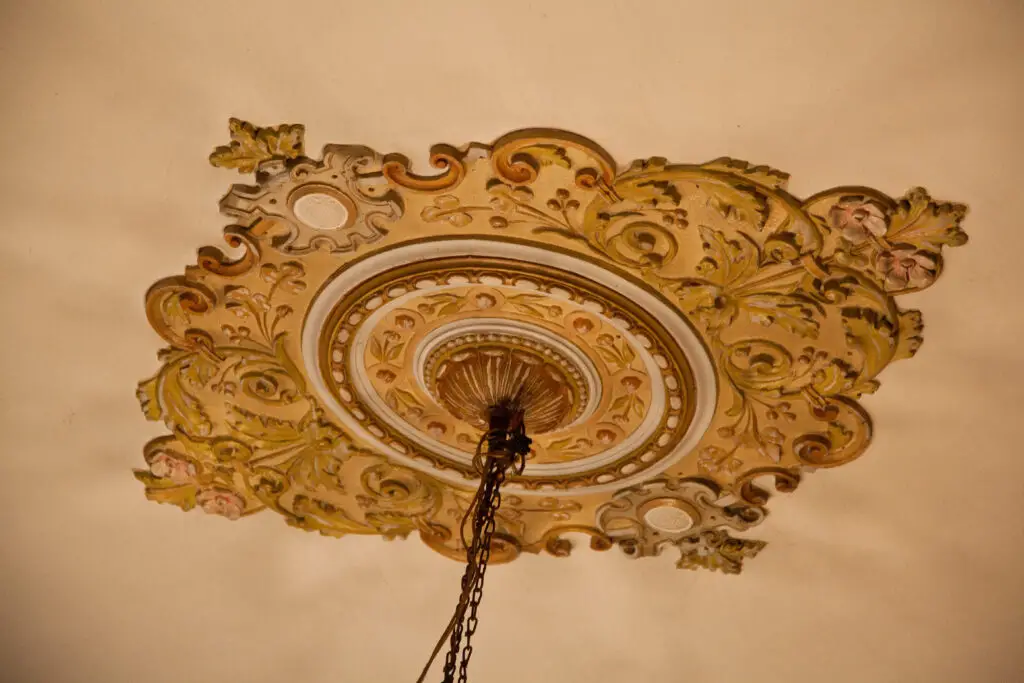
Ceiling medallions were once functional, helping to hide the soot and cracks around gaslight fixtures. But they also became an opportunity to show off ornamental plasterwork and wealth. In today’s homes, they often serve a purely decorative purpose—framing chandeliers or pendant lights in formal spaces. They’re a quick way to add vintage charm without a full renovation.
Even simple medallions can make a space feel more layered and upscale. They create a visual anchor on the ceiling, which is often an overlooked design space. Many designers use them to tie in other molding or trim details. It’s a little touch with a big impact.
9. Wainscoting
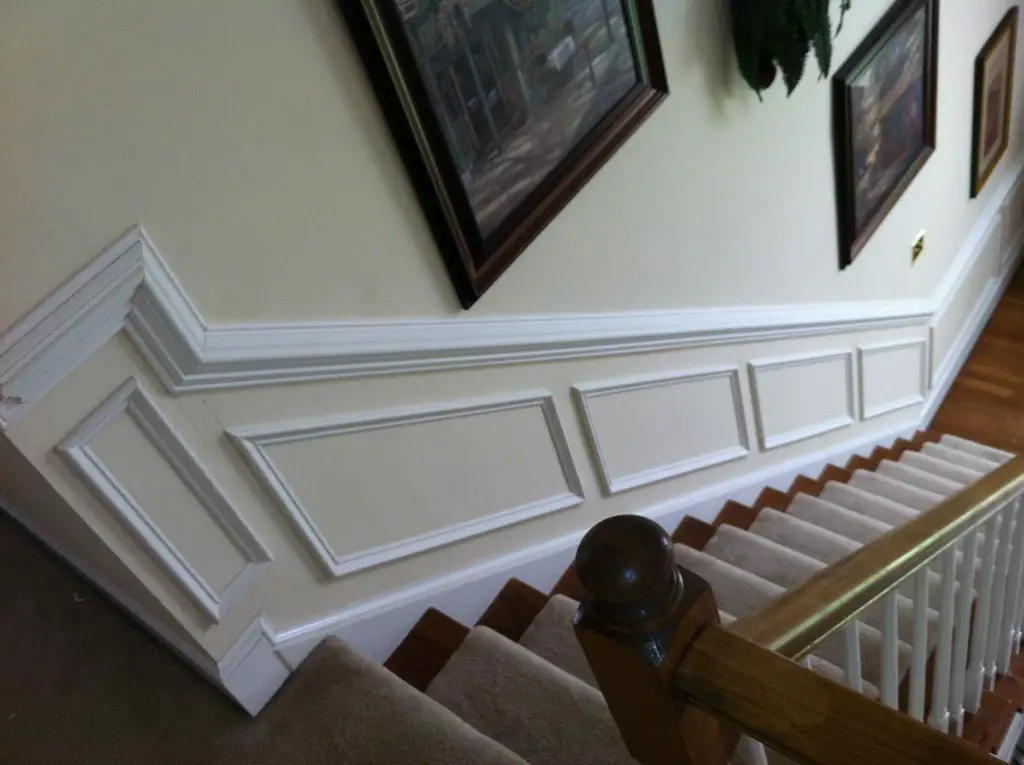
Wainscoting was originally installed to protect walls from scuffs and moisture—especially in high-traffic areas like dining rooms or hallways. But its clean lines and paneling also introduced symmetry and polish to interior spaces. Over time, it’s become a staple of classic and craftsman-style homes. Today, it signals tradition and quiet luxury.
Modern wainscoting comes in many styles—from beadboard to shaker panels. It adds texture and depth without overwhelming a room. Plus, it creates a cozy, custom-built feeling that bare drywall just can’t match. Even a half-wall of paneling can transform a space.
10. Balustrades
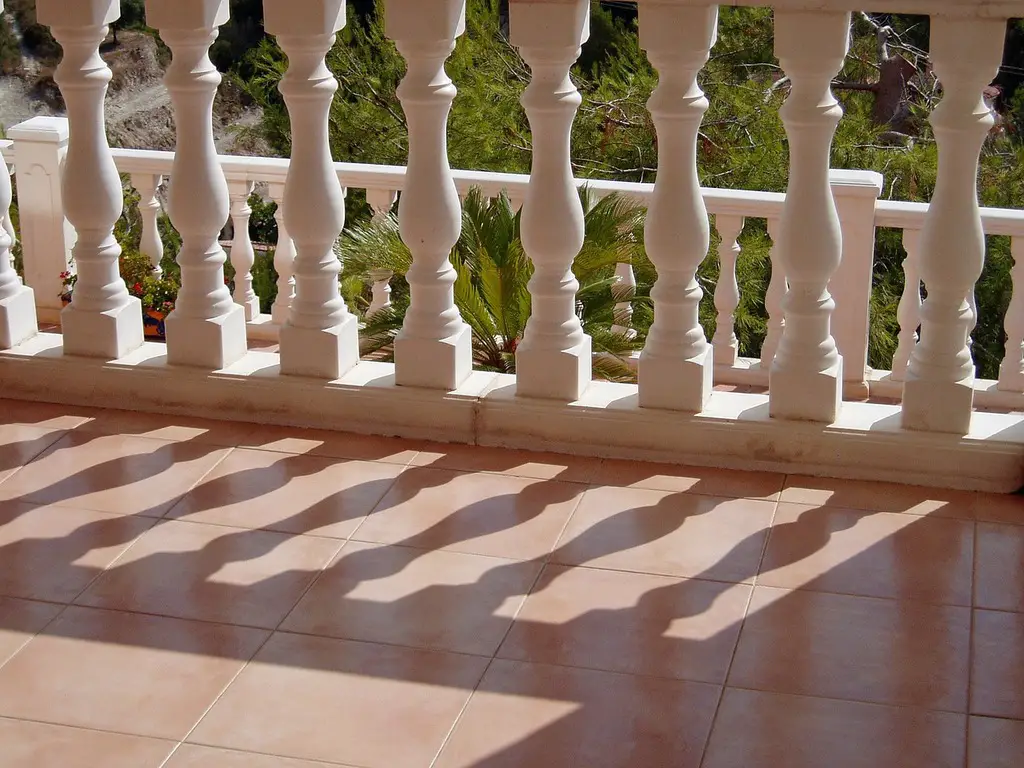
Balustrades are the rows of short columns or spindles you see supporting stair railings or balconies. In Renaissance architecture, they were used to show off symmetry, craftsmanship, and social status. They also served an important safety function—especially on terraces and grand staircases. Today, they still provide safety while adding visual rhythm to a space.
In interior design, balusters can be turned, square, or even metal depending on the home’s style. Their pattern often becomes a signature feature of staircases. Swapping out old balusters for modern ones can dramatically change a home’s vibe. But even traditional ones feel rooted and elegant.
11. Keystone Arches

The keystone is the central, wedge-shaped stone at the top of an arch. It’s both symbolic and structural—it “locks” the other stones in place, allowing the arch to support weight. In classical architecture, it came to represent strength and stability. You’ll often see keystones emphasized with a slightly larger or more decorative design.
While modern arches don’t always require true keystones, the shape remains popular in masonry and trim work. It draws the eye to the center of the arch and creates a sense of balance. Even in faux arches or door trim, a keystone adds a subtle architectural flourish. It’s a quiet nod to historical craftsmanship.
12. Gables
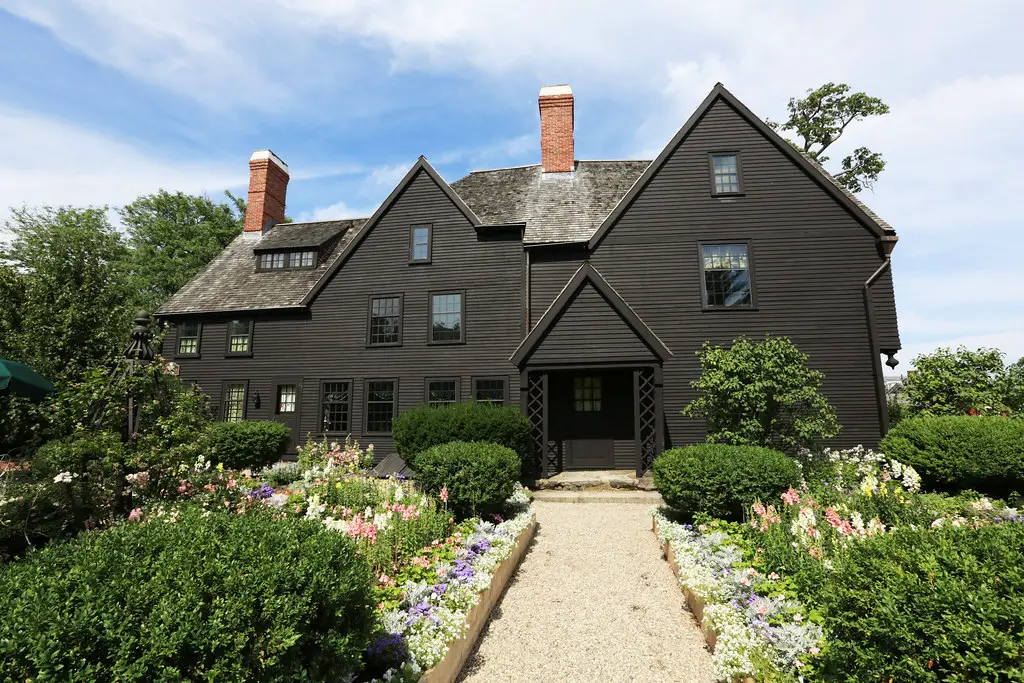
Gables are the triangular parts of a wall between the edges of intersecting roof pitches. Originally, they were a practical way to deal with rain and snow runoff. But they also helped define regional styles—like Tudor or Dutch colonial homes. Their shape and placement give a home character, even from a distance.
Modern gables often feature added trim or decorative vents. They add height, rhythm, and visual interest to a home’s exterior. Some homeowners even add faux gables just for aesthetics. Either way, they signal a classic, well-considered design.
13. Elaborate Staircase Designs
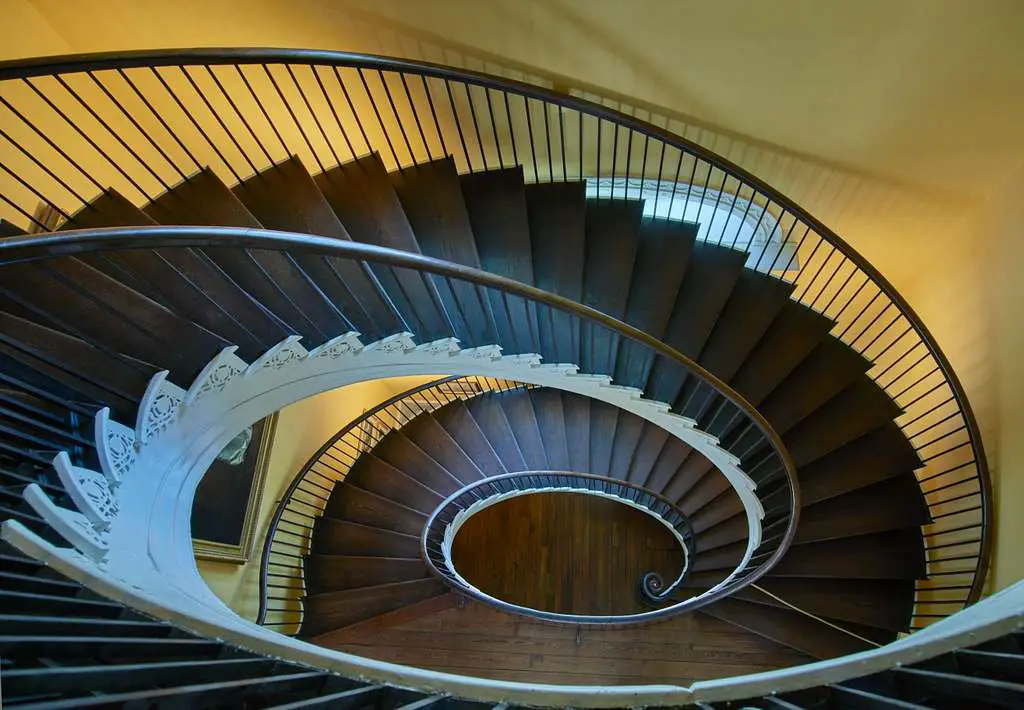
Elaborate staircase designs were once a symbol of wealth and social status, often reserved for the grandest homes and public buildings. In the past, the staircase was not just a functional feature—it was a statement. Many wealthy families used intricate, sweeping staircases as a way to display their affluence, with elaborate balusters, decorative railings, and intricate carvings meant to evoke a sense of grandeur.
Beyond their symbolic role in showcasing wealth, elaborate staircases also have historical roots in architectural traditions and rituals. In many cultures, the staircase was seen as a transitional space, representing a passage from one level of existence to another. In the context of grand palaces and churches, staircases were often designed with sweeping curves or grand turns to signify this journey between earthly and spiritual realms. The presence of elaborate staircases in places like cathedrals or castles was a visual metaphor for ascension, guiding the body upward as a reflection of the soul’s progression.
